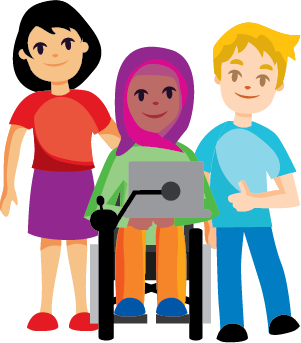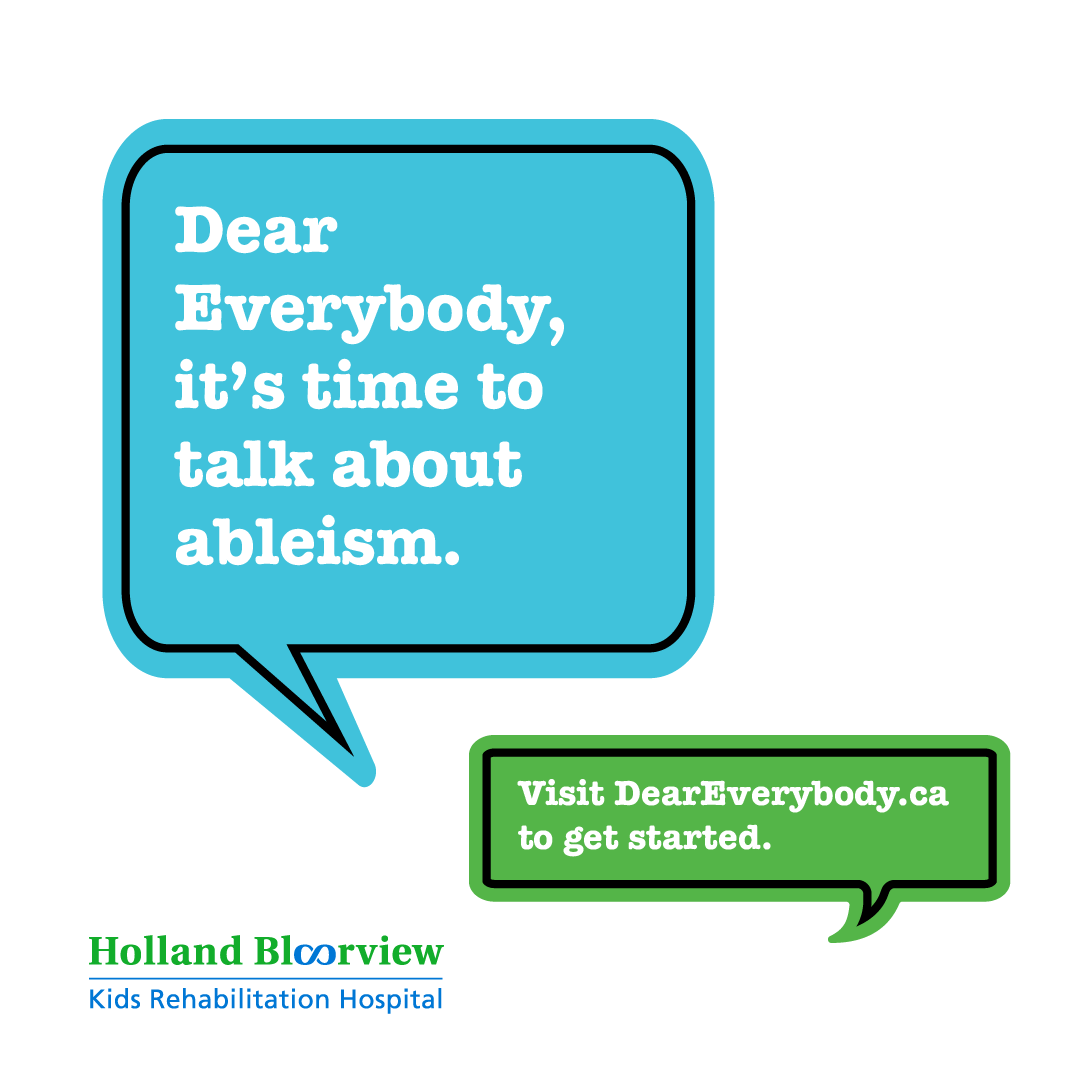Teach
kids that difference is valuable and part of being human.
Talk
about different types of disabilities and what we all have in common.
Discuss
with kids how everyone (classmates and friends) can work or play together and encourage those connections.
Share
the message that kids and youth with disabilities belong in your community, classroom, and workplace.
Help
kids avoid negative and ‘ableist’ language, like “confined to a wheelchair” or “suffers from a disability” that implies having a disability is bad, and instead use “uses a wheelchair” or “has a disability.”
Encourage
kids to ask questions about disability, including asking kids and adults with disabilities directly. Teach kids how to use respectful language and to seek permission before asking follow up questions.
Explain
that each individual chooses how to describe themselves and their disability. For example, some people use “autistic person,” while others use “person with autism.” The best way to understand how an individual wants to be described is to ask them.
Ask
kids about times they have felt different and reflect on those experiences.
Celebrate
differences!
Identify barriers
(like stairs, videos without captions or doors without access buttons) and talk to kids about how we can find solutions.
Actively
invite kids and youth with disabilities to join your social and community activities.


